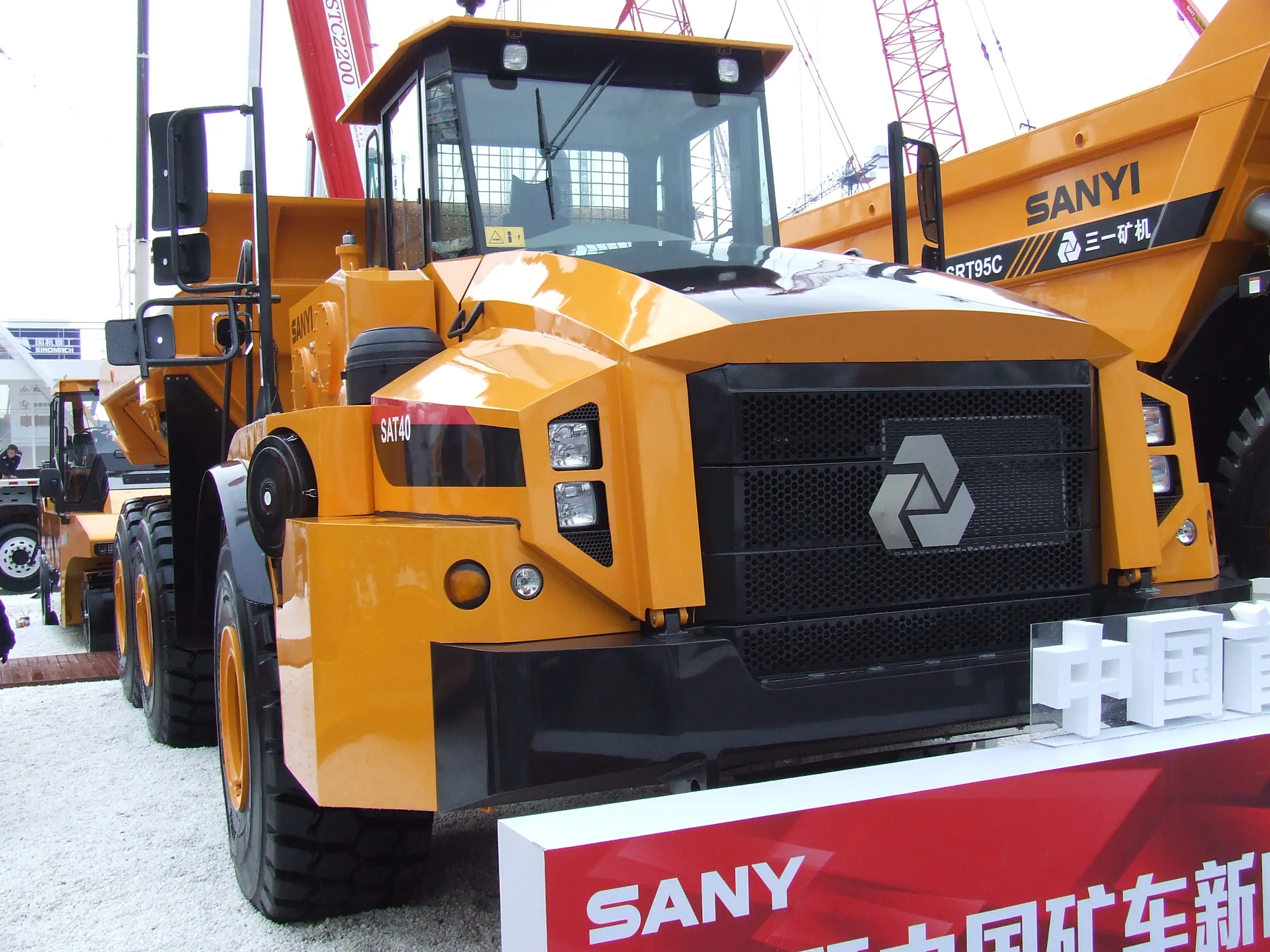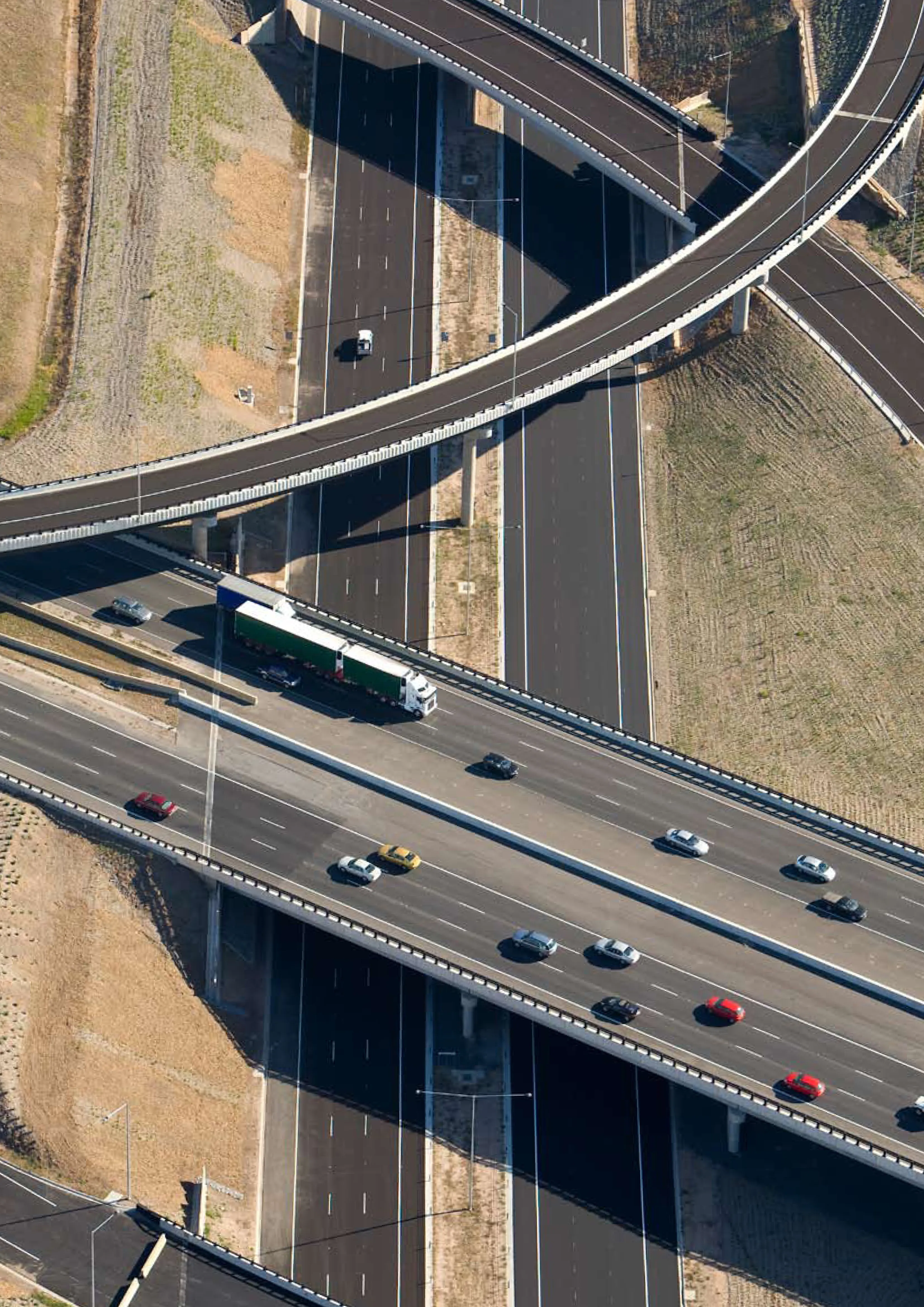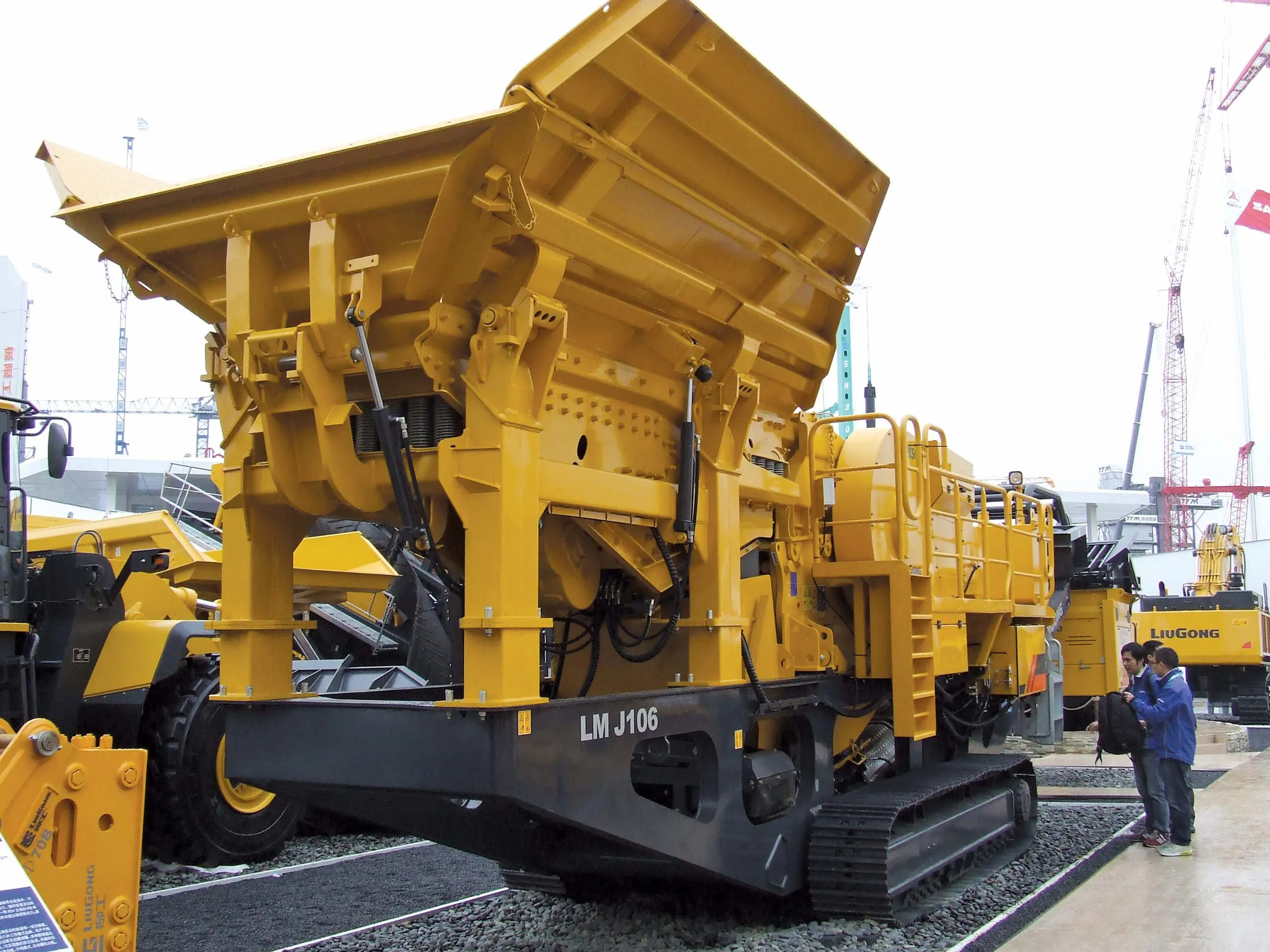Ritchie Bros. Auctioneers is preparing for a two-day Australian construction machinery sales bonanza. The world renowned Canadian industrial equipment auctioneers will auction off 75 wheeled loaders and 70 hydraulic excavators at unreserved public auctions in Brisbane, Queensland on September 18, and Geelong, Victoria on September 20. Nearly 1,350 pieces of equipment in total will be sold over the two auctions—with each piece being sold to the highest bidder, regardless of price—without minimum bids or rese
September 6, 2012
Read time: 2 mins
The world renowned Canadian industrial equipment auctioneers will auction off 75 wheeled loaders and 70 hydraulic excavators at unreserved public auctions in Brisbane, Queensland on September 18, and Geelong, Victoria on September 20. Nearly 1,350 pieces of equipment in total will be sold over the two auctions—with each piece being sold to the highest bidder, regardless of price—without minimum bids or reserve prices.
One month later, Ritchie Bros. will conduct another unreserved auction in Bunbury, Perth on October 23, 2012, which features a selection of late-model articulated dump trucks, wheeled loaders and other machines.
"All three of our upcoming Australia auctions feature a large selection of late-model equipment—from wheeled loaders to hydraulic excavators, articulated dump trucks to prime movers and more,” said Warwick Mackrell, vice president, Ritchie Bros.
Auctioneers. “In Brisbane and Geelong alone we will sell more than 20 unused 2012 wheeled loaders, and another six a month later at our auction in Bunbury, near Perth. Our last Brisbane and Geelong auctions in June attracted bidders from 39 countries.”








